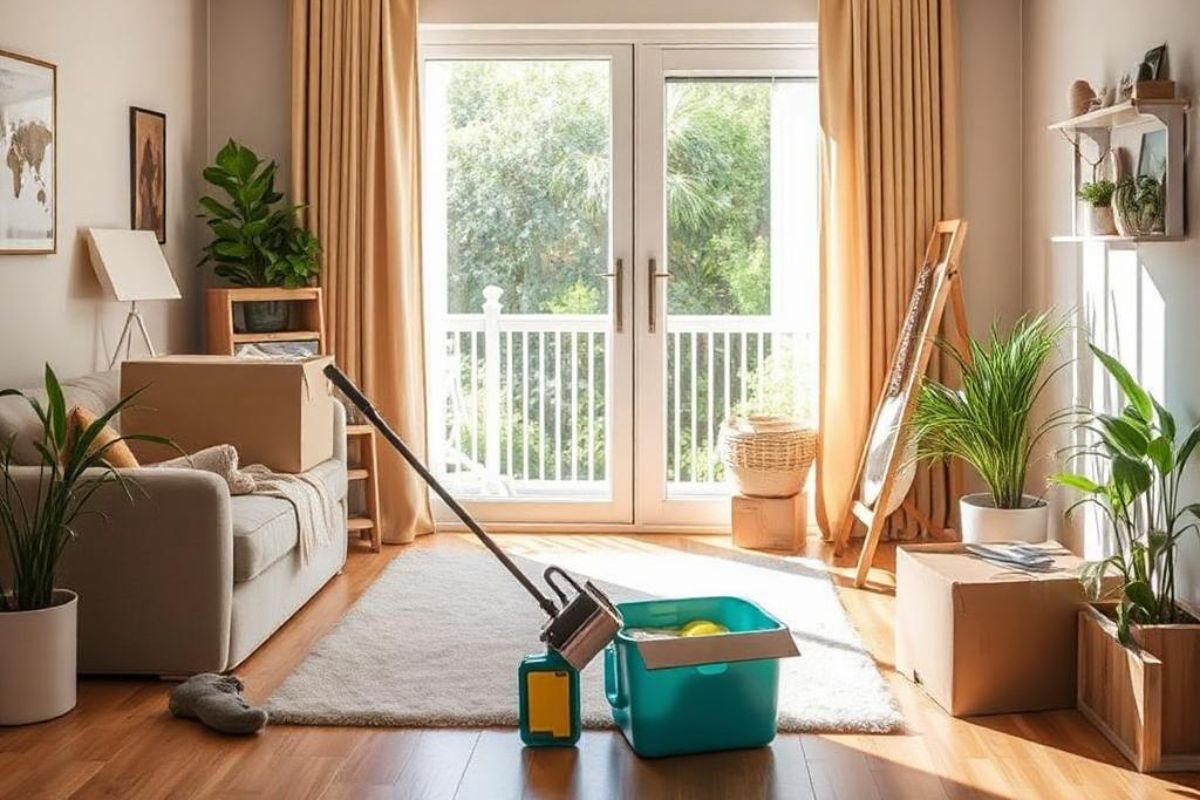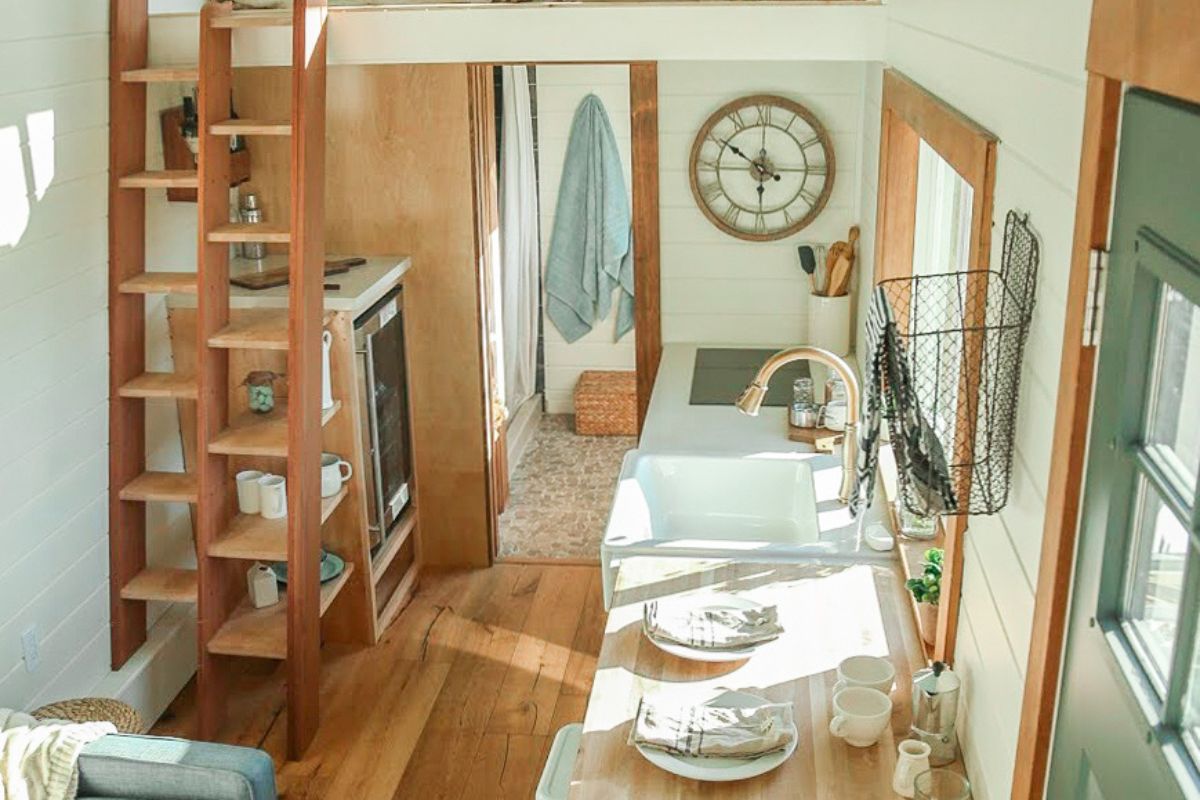Living in a tiny home offers freedom, simplicity, and financial benefits. But these compact wooden structures can be particularly vulnerable to unwanted guests: termites. These destructive pests cause over $5 billion in damage annually to U.S. homes, and for tiny homeowners, an infestation can threaten the entire structure. The good news? Prevention is not only possible but far more affordable than dealing with an established colony.
Understanding the Termite Threat
Tiny homes face unique termite challenges. Their compact design means termites can quickly spread throughout the entire structure. Additionally, many tiny homes have direct wood-to-ground contact or are situated in natural settings that increase exposure to these wood-destroying insects.
Warning signs include mud tubes along foundations, hollow-sounding wood, discarded wings near windows, or frass (termite droppings) that resemble tiny wood pellets. Catching these early can make all the difference.

The Real Cost of Termite Damage
When termites strike, the financial impact can be severe. The average termite exterminator cost ranges from $1,000 to $3,000 for a standard home, but this doesn't include structural repairs, which can easily double or triple that amount. For tiny homes, while the treatment area is smaller, the proportional damage to the structure can be catastrophic.
Sarah Johnson, a tiny homeowner in Colorado, learned this lesson the hard way: "By the time we noticed the damage, termites had compromised an entire wall. The extermination was $1,200, but repairs cost us another $4,000 and forced us to temporarily relocate."
Foundation-First Prevention
The most effective termite defense begins before construction. When setting up your tiny home:
-
Choose a site with good drainage and minimal wood debris
-
Use concrete piers or foundations with proper termite shields
-
Maintain at least 6 inches between any wood elements and the soil
-
Install a polyethylene barrier under the home if it has a crawl space
These foundation strategies typically add $500-$1,000 to initial building costs but can prevent thousands in termite exterminator costs and repairs down the road.

Smart Material Choices
Building with termite-resistant materials provides long-term protection:
-
Opt for naturally resistant woods like cedar, redwood, or cypress for exterior applications
-
Use pressure-treated lumber rated for ground contact in critical areas
-
Consider alternative materials like steel framing for high-risk components
The premium for these materials ($1,000-$2,000 for an average tiny home) is substantially less than dealing with an established infestation.
Design Elements That Reduce Risk
Thoughtful design can significantly reduce termite vulnerability:
-
Elevate the structure at least 12 inches above ground
-
Ensure proper ventilation to reduce moisture
-
Design easy access points for regular inspections
-
Slope the surrounding landscape away from your home's foundation
These features not only protect against termites but improve overall durability and maintenance access.
Chemical Barriers and Preventative Treatments
Several treatment options can create protective barriers:
-
Pre-construction soil treatments create a chemical shield around the perimeter
-
Borate treatments can be applied to lumber during building
-
Termite bait stations monitor and eliminate nearby colonies before they reach your home
A comprehensive preventative treatment might cost $300-$800 for a tiny home, significantly less than post-infestation remediation.

Regular Maintenance Routine
Develop these simple habits to keep termites at bay:
-
Conduct visual inspections quarterly, especially where wood meets soil
-
Keep firewood, mulch, and scrap lumber away from your home
-
Control moisture by fixing leaks promptly and ensuring proper drainage
-
Schedule professional inspections annually ($100-$200) to catch problems early
Conclusion
When it comes to termites and tiny homes, the old saying holds true: an ounce of prevention is worth a pound of cure. By incorporating termite-resistant features during design and construction, using appropriate materials, and maintaining a vigilant inspection routine, you can protect your tiny home investment for years to come.
The math is simple: spending $1,000-$2,000 on preventative measures during construction and maintenance saves you from the $5,000+ nightmare of extermination, repairs, and displacement. For tiny homeowners, where every square foot represents a significant portion of your living space, this protection isn't just financially smart, it's essential for preserving your way of life.






Share: